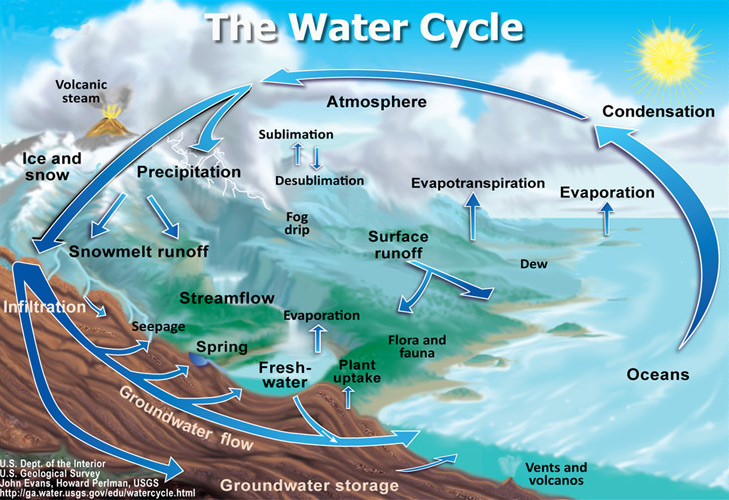What would we do without good groundwater? Our use of it in our homes, commerce and industry is significant.
In Nova Scotia, over 45 percent of the population relies on groundwater for its domestic and industrial water needs. That number is 100 percent in Prince Edward Island, and nearly two thirds of New Brunswick uses groundwater to meet its potable and industrial water needs.
Groundwater is used, either wholly of partially, by about 92 of 345 municipalities in the region (that number is growing steadily) and by nearly all of the rural population. Its quality and safety cannot be taken for granted.
The endless circulation of water between ocean, atmosphere and land is called the "hydrologic cycle". Inflow to the hydrologic system arrives as rainfall or snowmelt. Outflow takes place as streamflow (runoff), as baseflow (groundwater flow into streams) and as evapotranspiration, a combination of evaporation from open water bodies, soil surfaces and plants.

Water is delivered to streams both on the surface -- as overland flow to tributary channels and by surface flow – as interflow and baseflow, which contributes 30 to 80 percent of the water in our rivers and lakes.
Contrary to many beliefs, groundwater does not flow in underground channels. It flow through complex pathways: between soil particles and through small pores and small fractures in bedrock – much like water through a sponge.




